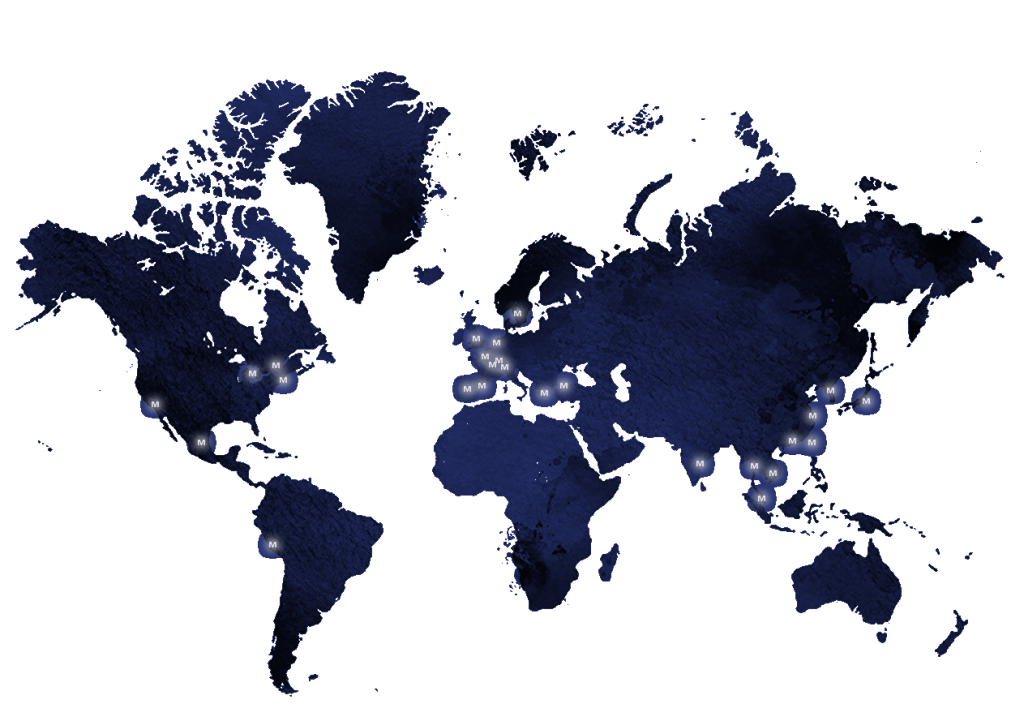Metalor’s history begins in 1852 with the establishment, in Le Locle, Switzerland, of Martin de Pury & Cie. The company smelts and rolls gold which is then used to manufacture watch cases.
The company, which employs five people, is bought by Banque du Locle in 1864. At the time of the transaction, it owns an inventory of 40 kg of gold and 200 kg of silver.
The business is well-established within the region and serves many local watchmakers. In 1896 a new apprentice, Charles Pfister, begins his career in the banking field. Before moving, in 1899, into metal assaying to become a sworn assayer in 1909 and, ultimately, director of the company.




